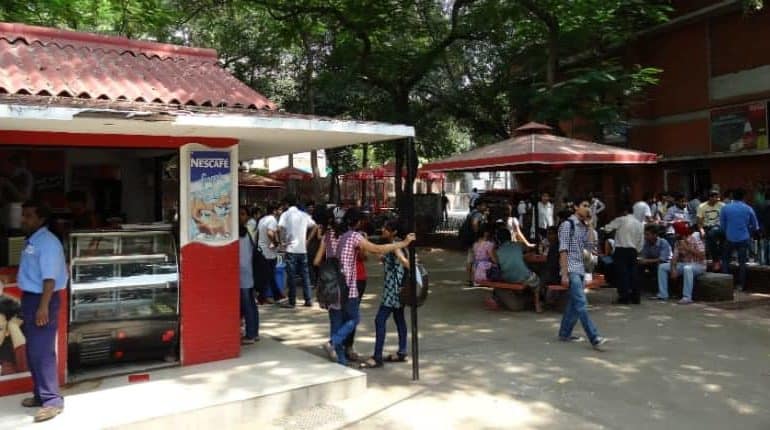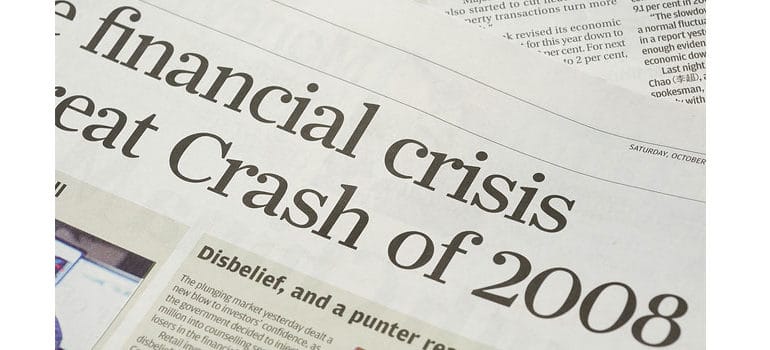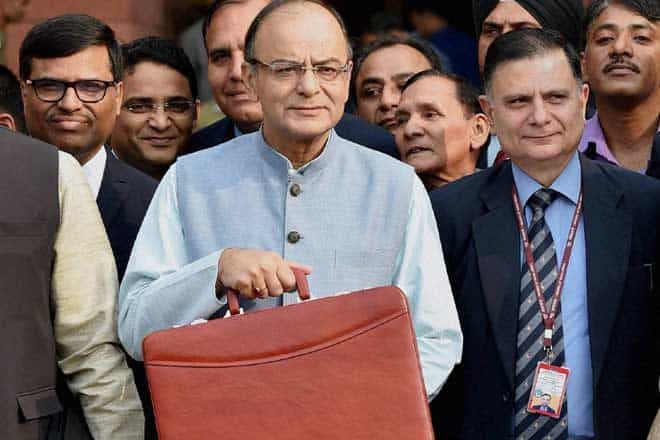The Finance Minister of India, Nirmala Sitharaman, recently attributed the major slow-down of India’s automobile sector to the “millennial mindset”. Here is looking into the same, and beyond.
The Union Minister of Finance, Nirmala Sitharaman, stirred a wasp’s nest recently, when she commented that the Indian millennials’ preference for app-based cab provider services such as Ola and Uber, is one of the leading reasons behind the ongoing grand fall of the Indian’s automobile sector. According to Sitharaman, who is an alumna of Jawaharlal Nehru University in Economics, there has been a change in the mindset of millennials who now prefer cab aggregator services for their daily commute, instead of committing to paying monthly instalments for a car. She also cited metro as a reason for why young urban consumers are buying fewer cars.
Sitharaman’s analysis comes at a time when India’s auto industry is facing the worst setback in its history. In August this year, when sales fell by 41 percent, we had the tenth consecutive negative month for domestic passenger car sales in India. The broader industry scenario also reflects on the reality of the automobile industry with car companies putting brakes on investment, dealerships shutting down in large numbers, and lakhs of jobs already gone Maruti, India’s largest automobile producer, has reported its seventh consecutive month of contraction in the demand for cars. In conversation with the Economics Times (ET), Maruti Chairman, R.C. Bhargava, said that the situation could get even worse, since he sees more workers in the automobile sector getting fired in the near future. The automobile production industry gives employment to around 7.6 million people in India. However recently, due to fall in the demand (and hence, the sale) of cars and other vehicles, the production of automobiles has left 20 to 30 percent people of this number, unemployed.
Going by the numbers, this auto slowdown is mere a reflection of our country’s overall economic woes than anything else. Consumption, the main component of the economy, is falling; the growth rate of our Gross Domestic Product (GDP) has fallen to a six-year low; and unemployment is pegged at a 45-year high.
Sales of buses and trucks also saw a precipitous 39 percent fall last month, compounding the auto industry’s trials. According to Bloomberg, it actually is a pointer to the general fall in demand in the Indian economy — something that extends way beyond the country’s millennials and their buying behaviours.
According to ET, millennial consumers are deferring buying decisions in view of the uncertainty of India’s economic indicators. Other factors down the line that have contributed to the auto slump include
the sluggish urban income growth that has ploughed the demand for cars, “haze” car norms that are confusing buyers, the shadow-banking crisis has made loans scarce,thegovernment’spushfore-vehicles in the country, and the rising fuel prices. Moreover, a drop in private investment and banking crisis has led to a weakened consumer demand.
On the other hand, millennials today are hyper-aware of their impact on the planet, and are consciously buying less. They are also waiting for eco-friendly options to emerge in the market. Abhinandan Kaul, a first-year student of St. Stephen’s College agrees, “Our generation is well-read and conscious about the decisions they make as global citizens, so making efforts towards green-living is a priority for many.”
According to some analysts, millennials are saving up for efficient electric alternative vehicles and waiting for cars that will comply with the new pollution standards (Bharat Standard-BSVI-whicharetobeemployed from April 2020 onwards).
Tanmay, a law student, affirms, “People our age use cabs for commuting, but there are many other lynchpin factors affecting this sector.” The reasons for the auto-industry’s plunging sales are varied, and millennials’ aversion to owning cars may have only had a brief impact, if at all, on car sales numbers. This impact, however, cannot be extended beyond the country’s urban centres, where cab service apps enjoy wider user bases.
Feature Image Credits: Namrata Randhawa for DU Beat
Bhavya Pandey








 FinWiz[/caption]
This year Fin Wiz is scheduled for January 31 and is being hosted in partnership with the Bombay Stock Exchange. Chirag adds, “BSE is helping in making the event grander. Also their representatives will be explaining the concepts of stock markets that are going to be tested within FinWiz. So, for those who don’t have previous knowledge, BSE will ensure you are quickly equipped with the needful acumen.”
The society also indulges in holding other competitions such as Fight of the Knights, FinQuizzitive, Bulls and Bears and Debt o Blast throughout the calendar to test the skills of finance enthusiasts from Delhi University.
As Rich Dad from Robert Kyosaki’s series would proudly put it, ‘Anyone who is not financially literate cannot see into an investment’.
Shashank Gupta
FinWiz[/caption]
This year Fin Wiz is scheduled for January 31 and is being hosted in partnership with the Bombay Stock Exchange. Chirag adds, “BSE is helping in making the event grander. Also their representatives will be explaining the concepts of stock markets that are going to be tested within FinWiz. So, for those who don’t have previous knowledge, BSE will ensure you are quickly equipped with the needful acumen.”
The society also indulges in holding other competitions such as Fight of the Knights, FinQuizzitive, Bulls and Bears and Debt o Blast throughout the calendar to test the skills of finance enthusiasts from Delhi University.
As Rich Dad from Robert Kyosaki’s series would proudly put it, ‘Anyone who is not financially literate cannot see into an investment’.
Shashank Gupta